How To Grow & Harvest Melons
Previous PostMelons are one of the most loved fruits to grow and eat when the growing season arrives. There are many mouth-watering varieties of melon with the same planting and growing conditions like - muskmelon, cantaloupes, watermelons.
Melon thrives in warmer temperatures and well-drained soil. With this quick grow guide, you will be able to grow melons from melon seeds at your home in the summer for a successful harvest.
Growing Conditions

Pick a sunny spot that receives around 6-7 hours of sunlight every day for growing melons. The seedlings will need plenty of sunlight and warmth during the day. You will need about 4-6 foot area to grow the melons. Clear out the garden space and till the soil with help of a shovel.
Fertilize your soil using natural fertilizers or compost material to prepare nutrient-dense soil for the melons.
Planting

If you live in an area with longer winters, then start by planting the seeds indoors. Transplant the seedlings once the temperature starts getting warmer. However, if you live in warmer temperatures, you can start by planting the seeds directly into the ground.
Create mounds of dirt in your raised beds around 1 foot high and 2-3 feet wide. Leave around 4 to 6 foot space between the mounds to give the melons enough space to grow.
Maintenance

Water the plants 2-3 times every week throughout the summer season. Water them more often when the weather is hot and dry. Ensure not to overwater your plants as it can cause your melons to rot. Use mulch around the plants to help the soil to retain moisture. As the fruit starts to ripen, reduce the frequency of watering. This will help the melons to produce more sweetness and flavour.
Fertilize your plants every 3-4 weeks using well-balanced natural fertilizers. Spread the fertilizers around the plants to boost growth.
Pests & Diseases

Keep your melons away from bugs and diseases by using row covers. If you spot any powdery patches on the leaves or stems, remove the affected areas by cutting them down. This could be due to powdery mildew, a disease common in melon plants. To get rid of bugs, use a natural repellent and keep your plants healthy.
Harvesting

Melons will be ready to eat by late summers. You’ll know that they’re ready to consume when you can smell the melon through the skin. Once you pick the melons from the vines, they’ll become softer and ready to eat.
Start growing melons in your gardens by grabbing high-quality GMO-free melon seeds from AllThatGrows today!














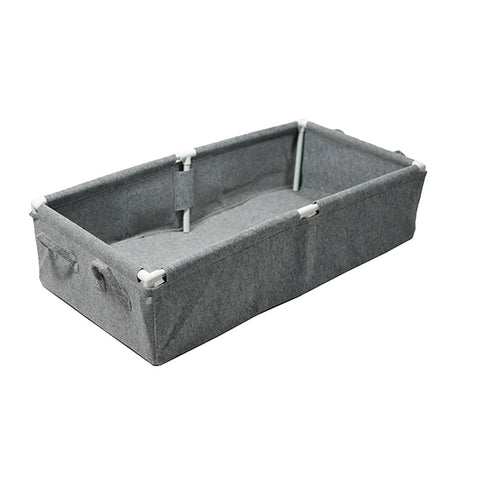
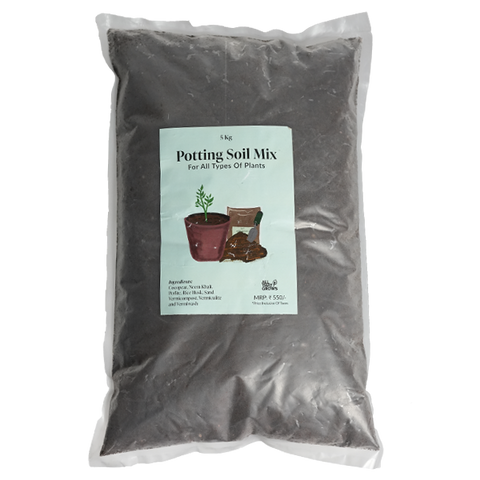
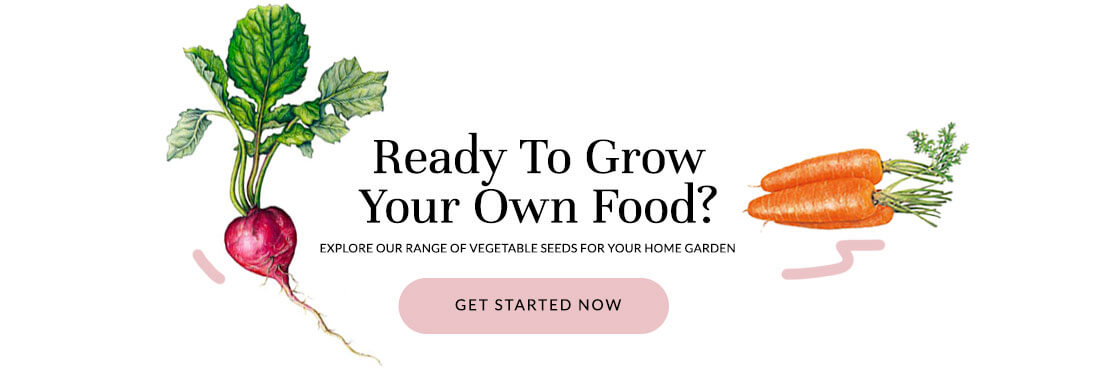

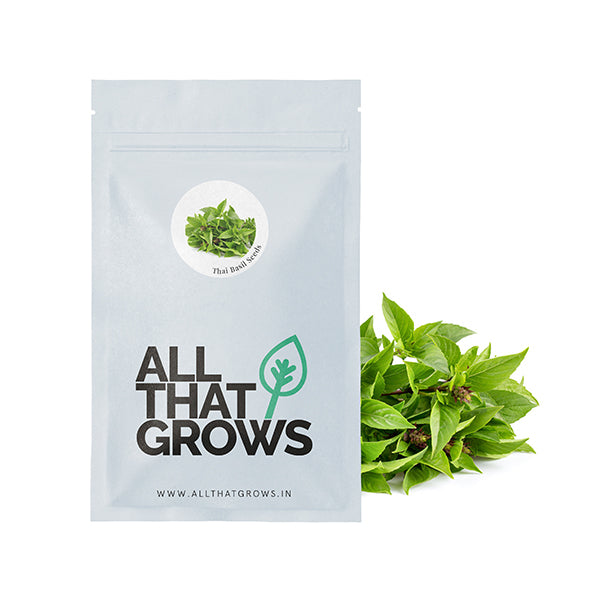

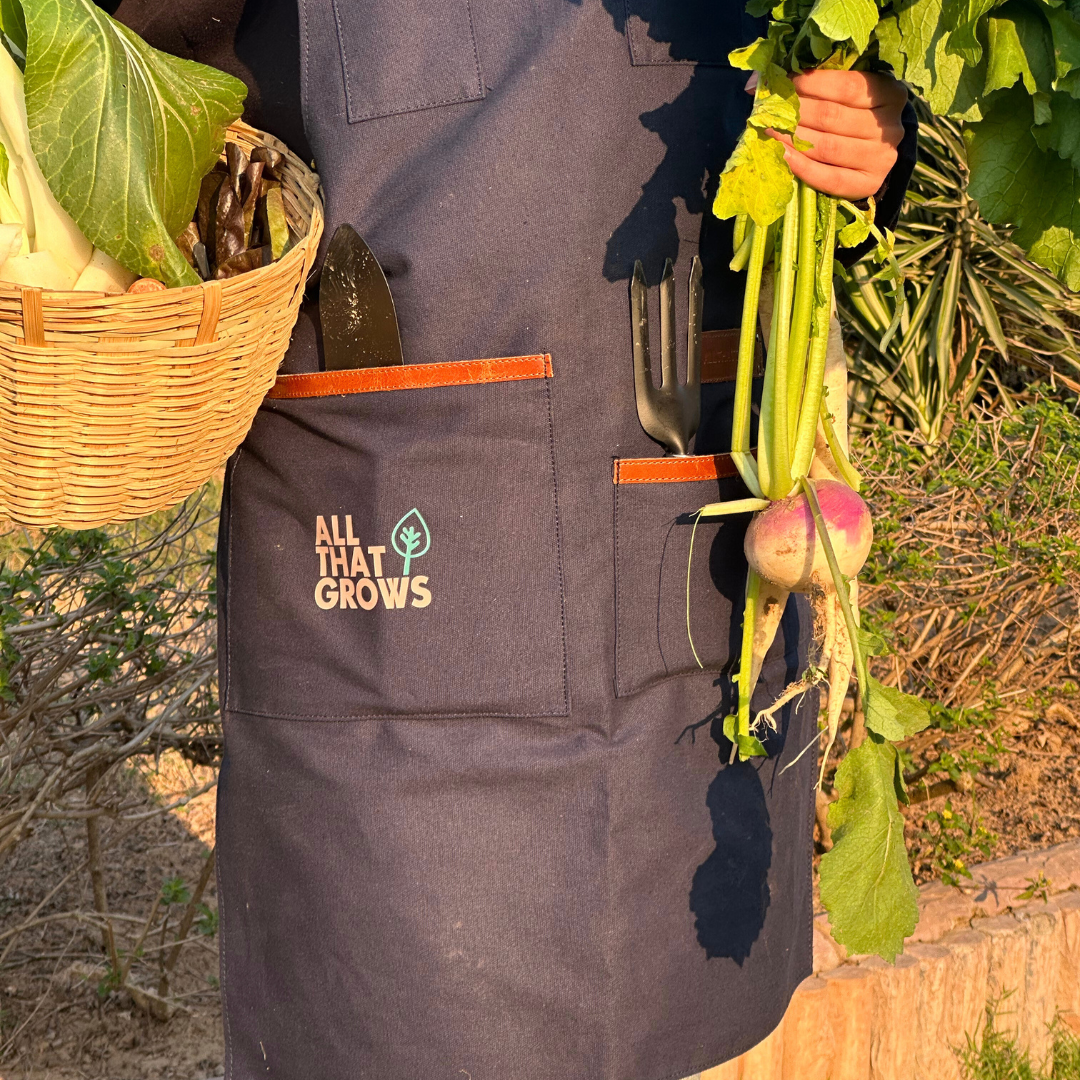

Leave a comment